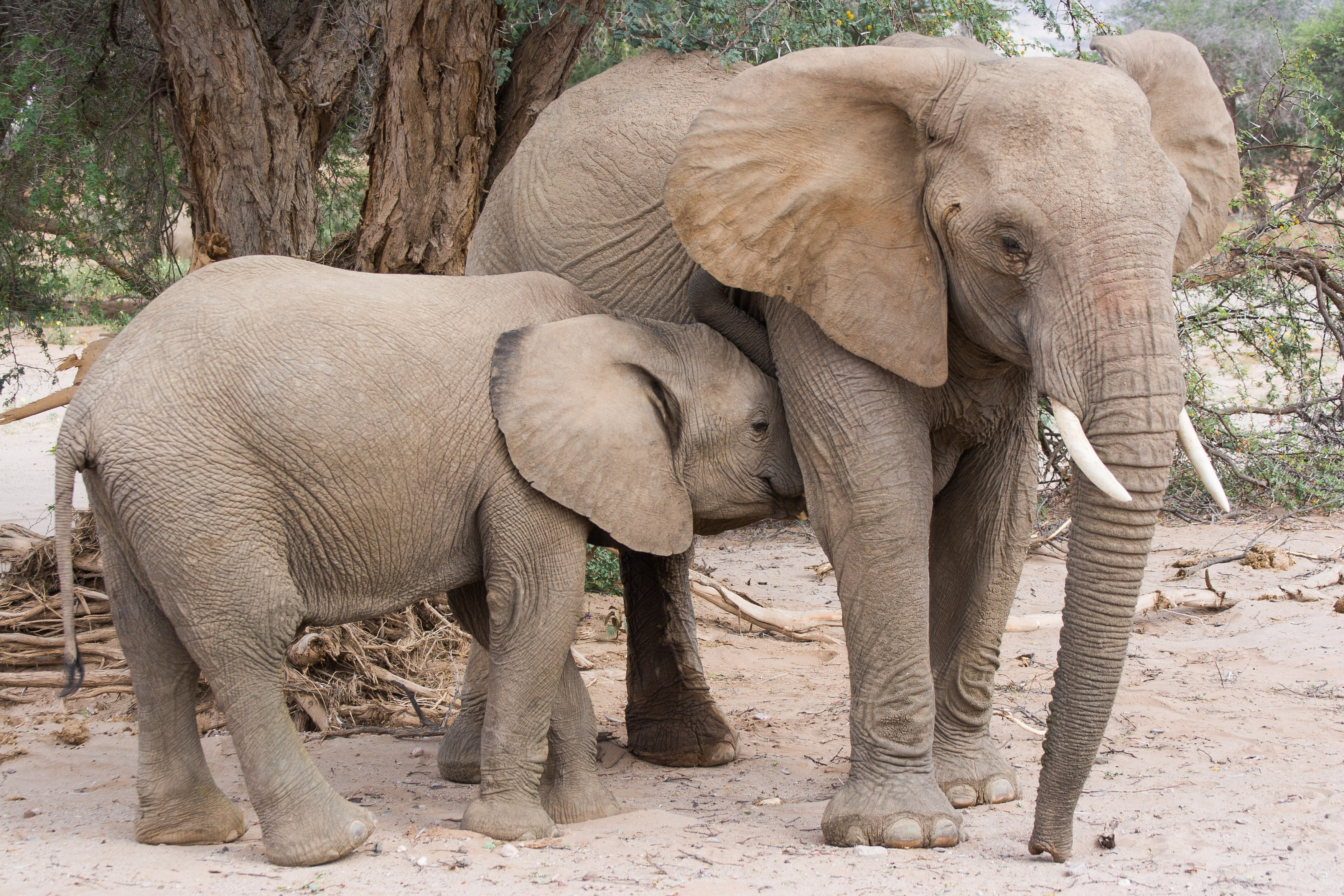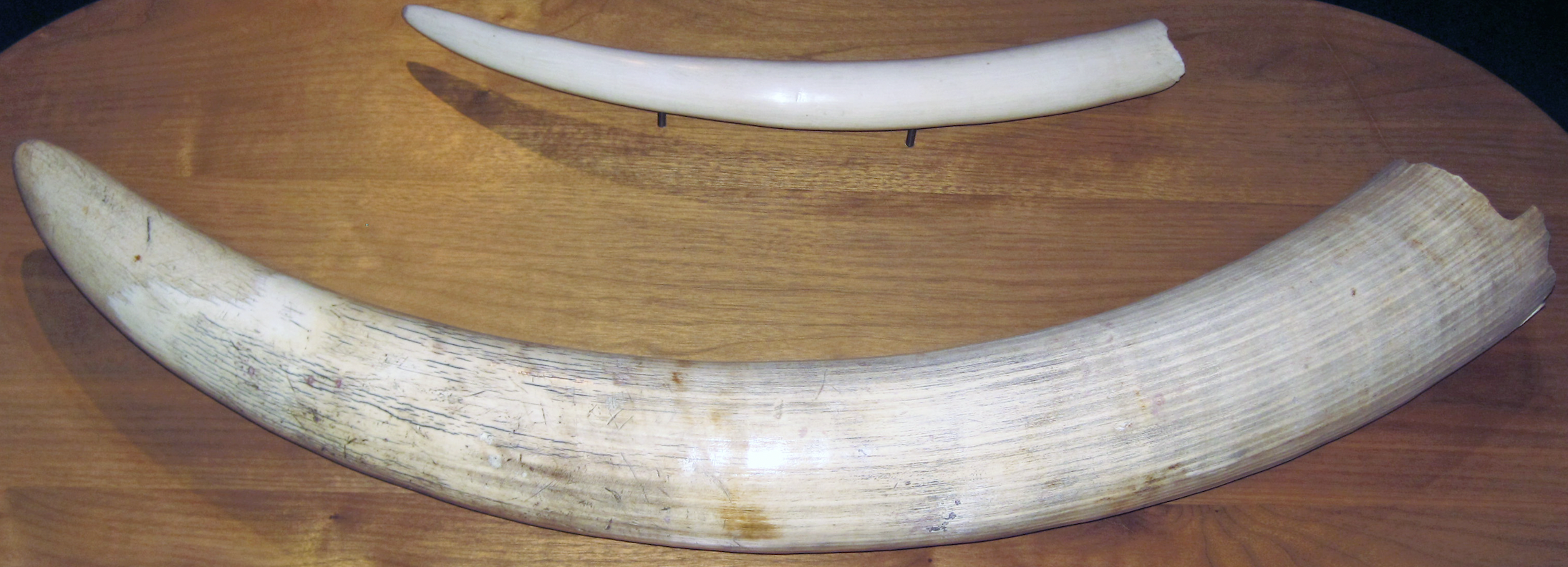

The african forest elephant or loxodonta cyclotis is another critically endangered species. These elephants live in the dense rainforests of west and central Africa. Since the diet of forest elephants is dominated by fruit, they play a crucial role in germination throughout the rainforest. To supplement their diet with minerals, they gather at mineral-rich waterholes and mineral licks found throughout the forest.
The African forest elephant species is threatened foremost by habitat loss and habitat fragmentation due to conversion of forests for agriculture, livestock farming, and human infrastructure. Poaching for ivory is the most immediate threat for African forest elephants. According to WWF, their populations declined by 62% between 2002 and 2011 and during that period, the species also lost 30% of its geographical range.

As habitats contract and human populations expand, people and elephants are increasingly coming into contact with each other. Where farms border elephant habitat or cross elephant migration corridors, damage to crops and villages can become commonplace. This often leads to conflicts that elephants invariably lose. Nonetheless, loss of life can occur on both sides. Elephants may trample humans trying to protect their land and humans may shoot attacking elephants.